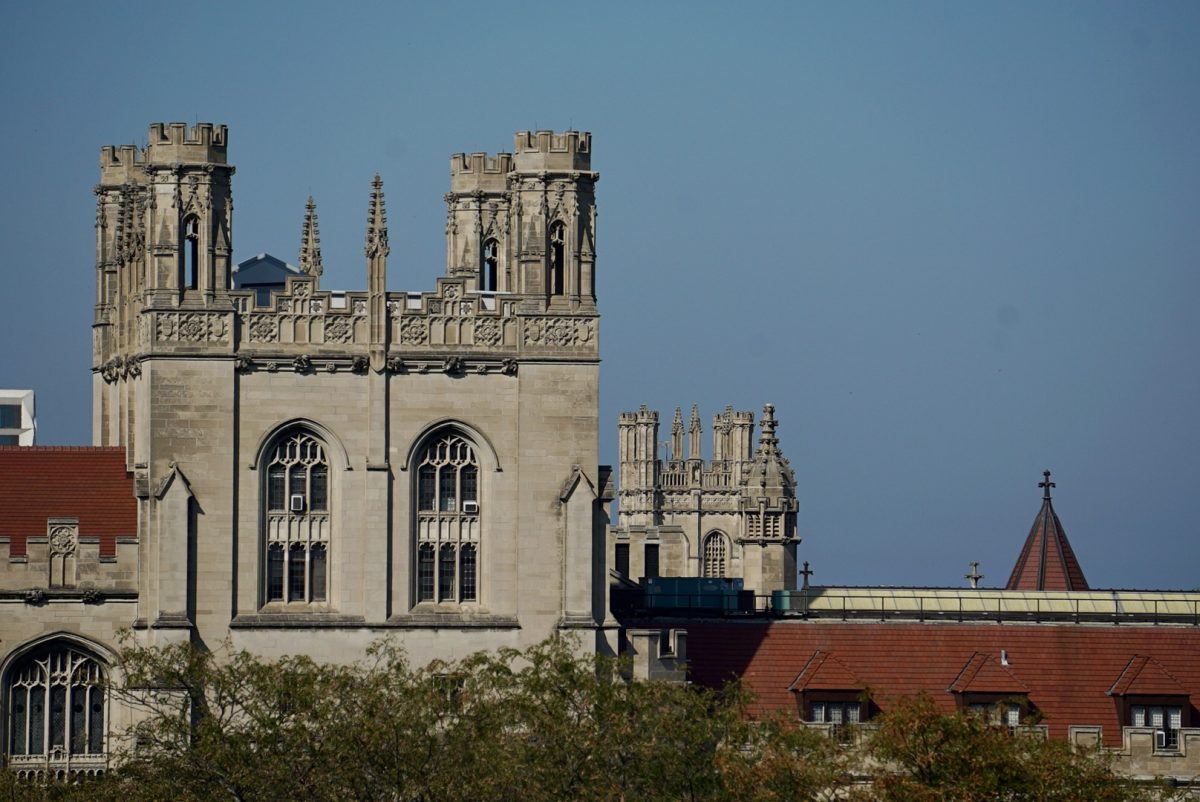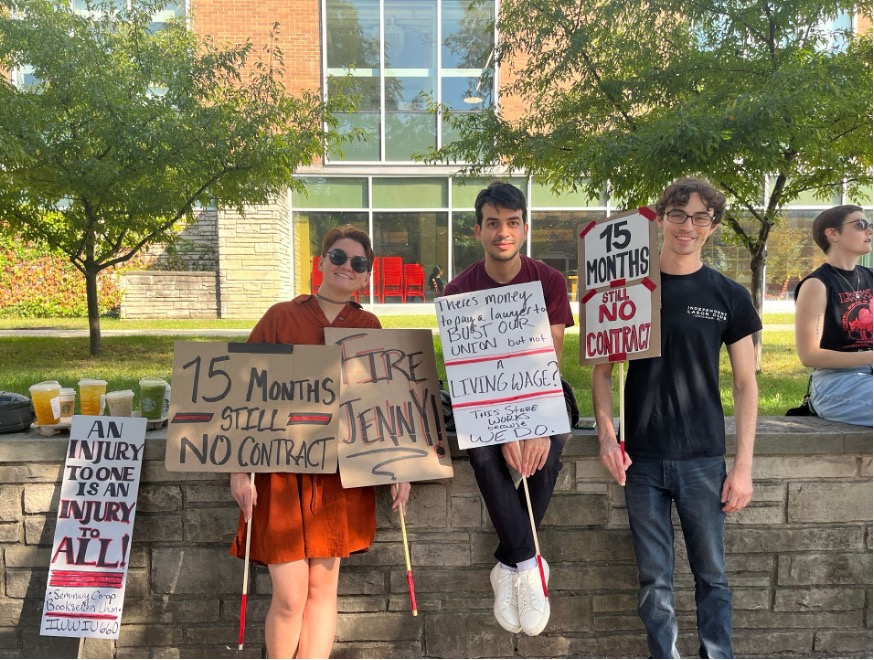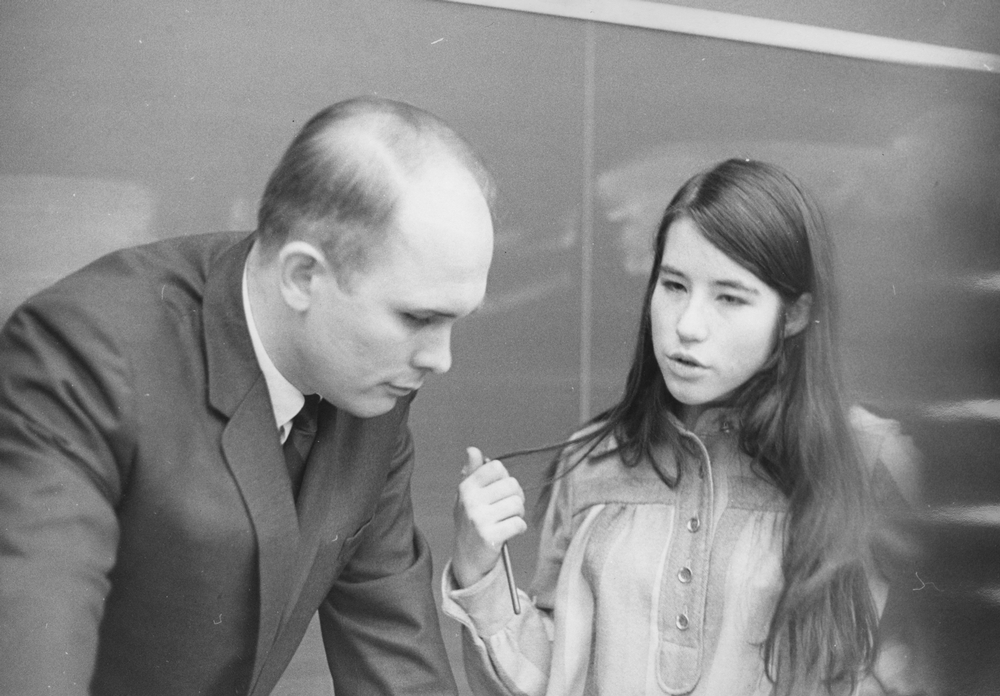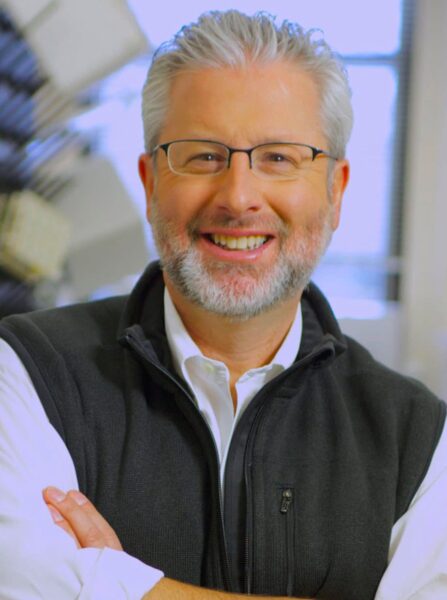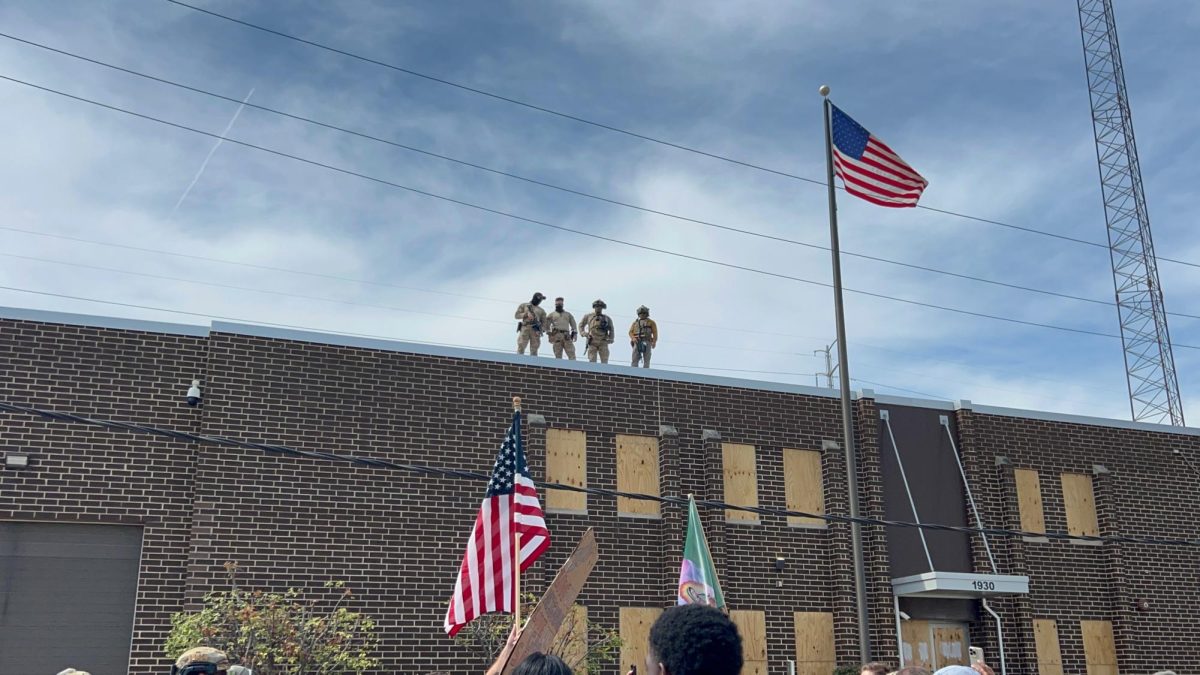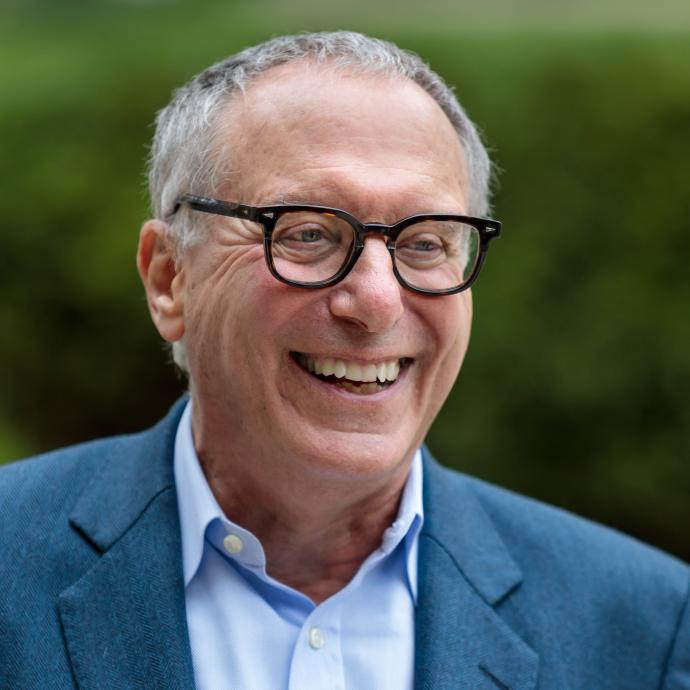[img id=”80095″ align=”alignleft”] An explosion in the Searle Chemistry Laboratory last Wednesday destroyed glassware and the hot plate used to heat the chemicals that reacted to create the blast.
There were no injuries resulting from the incident, which occurred around 2 p.m. in Searle 246, said Steven Beaudoin, director of Safety and Environmental Affairs at the University’s Office of Risk Management, Audit and Safety, in an e-mail interview.
Valeriy Shubinets, a chemistry major in the College, was performing an organic synthesis experiment involving two oxidized reagents when the explosion occurred.
Shubinets would not comment on the incident, but according to Beaudoin, Shubinets had previously successfully performed the experiment several times without incident.
“[Shubinets] was performing an experiment that was published in scientific literature,” he said. “The published experiment never mentioned the possibility of such a reaction.”
Shubinets had stepped out of the lab when the explosion occurred, but three other students were inside the lab and heard the loud blast and debris propelling across the room, said Alison Wendlandt, a fourth-year majoring in chemistry.
Wendlandt was working at a station 15 feet away from Shubinets’s.
“It’s just amazing that there was no one working there when it happened,” Wendlandt said. “There are usually two people there.”
The explosion was large enough for someone standing nearby to be “seriously hurt,” she said. The sound of the blast was deafening, and it took Wendlandt about 20 seconds to regain her hearing, she said.
The students were far enough away to avoid being harmed by the flying glass, she said.
The cause of the explosion is not yet known, but an investigation is underway, said chemistry professor Dr. Sergey Kozmin, who runs the lab where the incident occurred.
“There was no warning in the literature that this reaction could occur,” Kozmin said. “The procedure was published in the Peer Review Journal, and it goes back to the 1980s when it was first conducted in Canada.”
Kozmin would not go into detail about the nature of the experiment or the chemicals in question, but he said that because of the high levels of oxidation in the two chemical compounds involved, there was little reason why such a serious reaction should have occurred.
“We do practice very safe chemistry here. We always practice safe organic synthesis. Not knowing that this [experiment] could lead to this, there is nothing we could have done to prevent the explosion,” he said.
The students reported the explosion to the University Safety Office, which dispatched three safety officers to close down the lab, according to Beaudoin.
The lab, which did not sustain permanent damage, remained closed for cleanup and re-opened the next morning.
Beaudoin could recall no similar incidents involving these chemicals in the recent past, and this was the first explosion in Kozmin’s lab in its six-year history.
Kozmin stressed that this experiment would never be conducted in his lab again, and that he would inform the chemistry community about the experiment’s possible hazards.
The investigation into the explosion will take a published-literature approach, he said.
“We’re certainly not going to set up more experiments to try to figure out why it happened,” Kozmin said.



